Fence encroachment letter templates
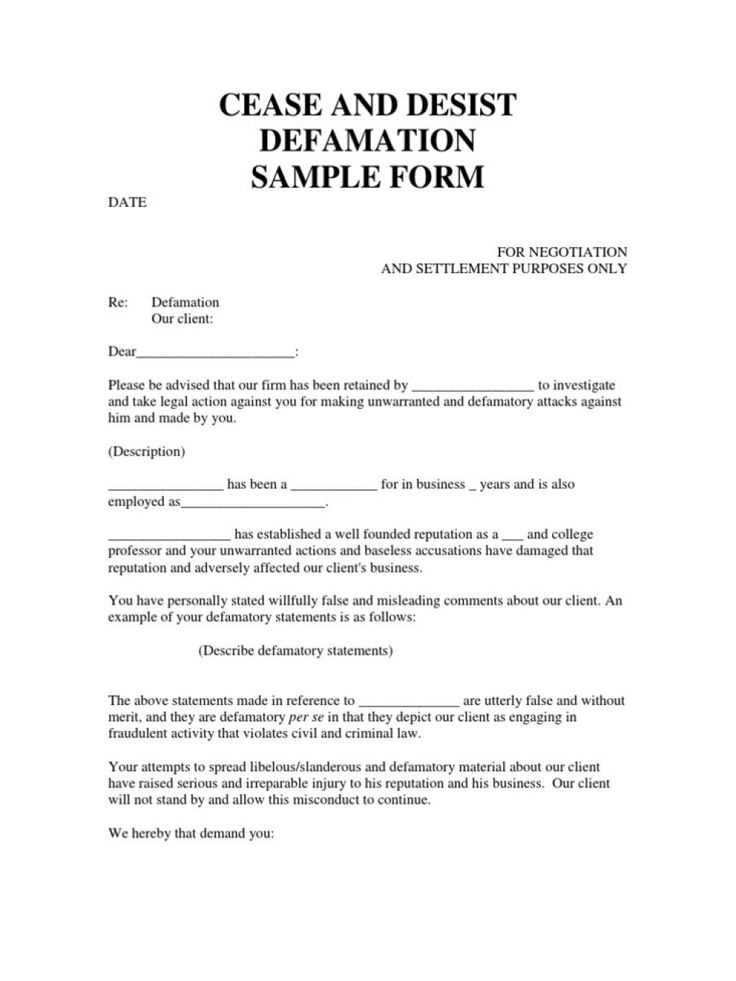
If you’re facing an issue with a neighbor’s fence encroaching on your property, addressing the matter directly through a letter is a practical step. A well-written letter ensures clarity and maintains a respectful tone while requesting resolution. Here’s how to structure such a letter effectively, ensuring it covers all the necessary details without causing conflict.
Begin by clearly stating the location of the encroachment. Reference your property lines and explain how the fence overlaps or obstructs your land. Use precise measurements, if possible, to avoid confusion and strengthen your claim. Being straightforward helps prevent misunderstandings and provides the necessary documentation should the issue escalate.
Next, suggest a resolution that suits both parties. Whether you’re requesting the removal of part of the fence or a modification, outline your desired outcome in a way that shows willingness for discussion. It’s essential to present a reasonable timeframe for response, giving your neighbor enough time to address the issue without feeling rushed.
Conclude by maintaining a diplomatic tone. Express your hope for a friendly and prompt resolution, emphasizing your commitment to resolving the issue amicably. Offering contact details for further communication helps to keep the conversation open and invites cooperation.
Here are the corrected lines:
Ensure that your letter clearly states the specific area of encroachment, providing measurements if possible. Begin by directly addressing the issue, avoiding vague language. For example, you might write, “It has come to my attention that your fence extends beyond the boundary line by approximately 2 feet.”
When specifying the desired action, be concise and direct. A line like “I kindly request that you remove or reposition the fence within the legal boundaries within 30 days” ensures clarity. Always include a timeline to set expectations for resolution.
If necessary, reference any local property laws to strengthen your case. A sentence such as “According to the property boundary regulations in [your city], fences must be located within the designated property lines.” makes your request more formal and grounded in law.
Finally, end your letter with a polite but firm closing, emphasizing the importance of resolving the issue promptly. You can write something like “I look forward to your cooperation in resolving this matter swiftly.”
- Fence Encroachment Letter Templates
Begin by addressing the recipient clearly, using their full name and address. Next, specify the encroachment issue in a direct manner. For instance, “It has come to my attention that the boundary fence between our properties has been extended beyond the established property line.” Ensure the tone remains firm yet respectful, emphasizing the need for resolution.
Provide details about the specific encroachment, including measurements or a visual reference like a survey map, if available. Highlight the impact this has on your property, whether it affects your space, access, or potential future plans. It’s important to maintain clarity about the specific actions you’d like to see, such as removal or adjustment of the fence.
Conclude with a clear request for the next steps. Mention a reasonable deadline for the issue to be resolved and offer to meet or discuss the matter further. If relevant, state your willingness to explore amicable solutions before taking legal action, while emphasizing the importance of resolving the issue swiftly.
Ending on a polite but firm note is key. For example: “I look forward to resolving this matter promptly and amicably. Please contact me by [insert date] to discuss how we can proceed.” Don’t forget to include your contact details and thank the recipient for their attention.
Start by clearly assessing where the property line lies. If you are unsure, obtaining a professional land survey can help establish boundaries with accuracy. Look for visible signs such as misplaced posts, fences, or plantings that seem to extend beyond your property. Pay close attention to the measurements of the fence and how they correspond to property line markers or historical documents like deeds.
- Examine the placement of fence posts. They should be placed just inside your property line, not beyond it.
- Check for any overhanging branches or roots extending into your space from a neighbor’s fence or plants.
- Look for visible gaps where the fence structure is not aligned with property lines, indicating potential encroachment.
If the fence appears to be built outside the legal boundaries, document the issue with photos and precise measurements. This evidence will be crucial if you need to contact authorities or resolve the situation through legal means.
In some cases, the problem may be due to a misunderstanding or mistake. In these situations, clear and respectful communication with your neighbor may lead to a simple solution. However, if the encroachment is significant, you may need to take further steps to address the matter legally.
Before installing a fence, verify your property lines to avoid encroaching on neighboring land. You can obtain this information from your property deed or a surveyor’s report. If you’re unsure about your property boundaries, hiring a licensed surveyor ensures you have precise details. Ignoring boundaries can lead to costly disputes with neighbors and possible legal action. Always check local zoning laws to ensure your fence complies with height and setback regulations. Some areas have restrictions that limit how close fences can be built to property lines.
Consulting Local Authorities
Different regions have varying regulations regarding fence placement. Contact your local zoning office or review the city’s property code for rules on fence height, materials, and placement. In some cases, permits might be required, particularly for fences in front yards or higher than a specific height. Get these details in writing to avoid future misunderstandings.
Disputes and Neighbor Communication
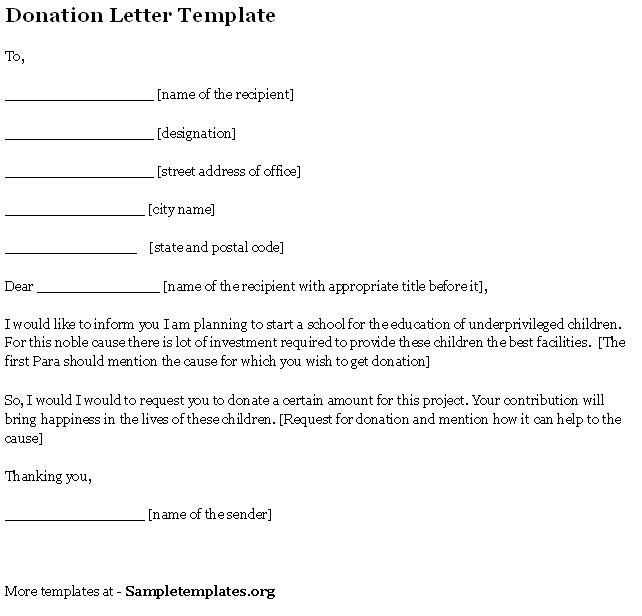
If a neighbor challenges your fence placement, it’s vital to address the matter quickly and amicably. Having a clear understanding of your property’s boundaries and any applicable regulations gives you the upper hand in resolving disputes. Document your discussions and, if necessary, involve a mediator or legal advisor to help settle the issue without escalating the situation.
First, clearly assess the situation by measuring the property lines. You can use a surveyor to get an official survey if necessary. Understanding the exact boundary will help avoid misunderstandings and set a foundation for resolution.
Next, communicate directly with your neighbor. Approach the topic calmly and respectfully, explaining your concerns about the encroachment. Aim for a constructive conversation rather than a confrontational one.
If the neighbor acknowledges the issue, discuss possible solutions. You might agree to move the fence, share the cost, or find another fair compromise. Put any agreement in writing to prevent future disputes.
In cases where an agreement is not reached, consider seeking mediation. A neutral third party can help facilitate productive conversations and suggest fair outcomes without involving legal action.
If mediation fails, consult a lawyer to understand your legal options. A formal letter might be necessary, stating your claims and requesting resolution. If the encroachment continues, you may need to pursue legal action for trespassing or property rights violations.
- Measure property boundaries
- Initiate a calm conversation with your neighbor
- Negotiate possible solutions
- Seek mediation if necessary
- Consult a lawyer for legal advice
Address the issue directly with a clear statement of the encroachment. Be specific about the location of the fence, including measurements or property lines. Use language that focuses on the facts rather than emotions. Avoid assuming intent or making accusations–stick to what has been observed. Clearly reference any documents, such as property surveys or maps, that can support your claims.
State Your Expectations
Make sure to include your expectations in the letter. Whether you’re requesting the fence be moved, seeking compensation, or simply informing the neighbor of the issue, your desired outcome should be presented respectfully but firmly. Provide a reasonable timeframe for resolution, ensuring the neighbor understands the urgency without feeling rushed.
Maintain a Professional and Friendly Tone
Keep the tone of the letter polite and respectful. You aim to resolve the situation, not escalate it. A tone that is both courteous and assertive helps maintain positive relations while addressing the issue. Make it clear that you’re open to discussion, and offer a point of contact for further communication.
When writing a fence encroachment letter, focus on clarity and conciseness. Address the specific issue directly, stating the exact location of the encroachment and how it affects your property. This will ensure both parties understand the concern without ambiguity.
Property Details
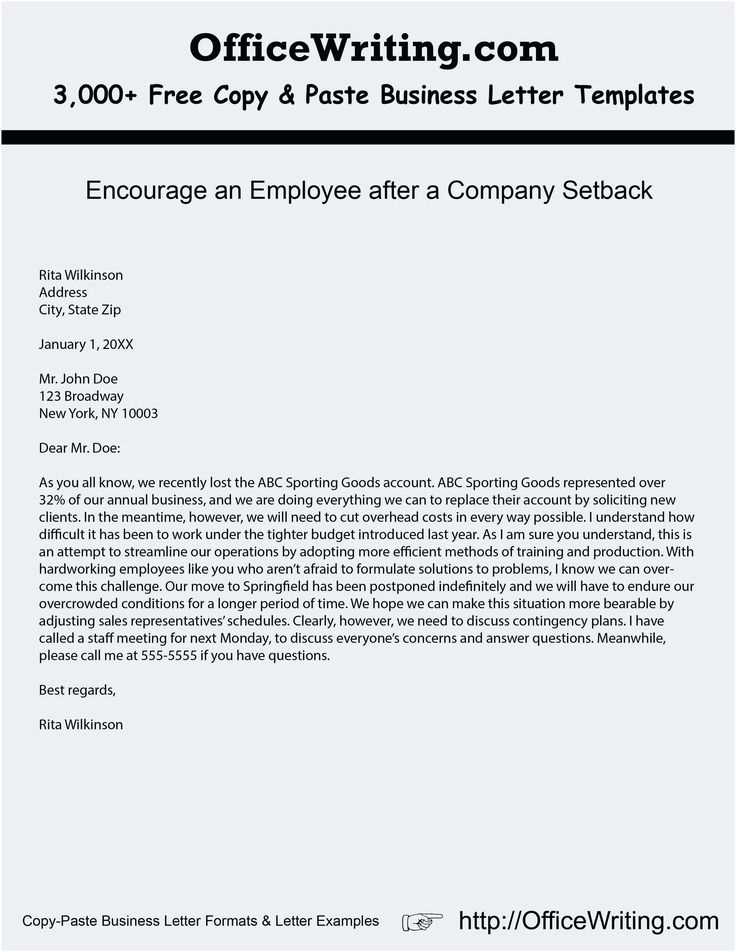
Clearly outline your property boundaries, including reference to property lines or any relevant survey markers. Provide enough detail to support your claim, such as maps or diagrams, if available. This helps avoid confusion or disputes over boundaries.
Timeline and Action Request
State the timeframe in which you would like the issue resolved. Whether you’re requesting the removal of the encroaching fence or a conversation to discuss possible solutions, specify the actions you expect. A clear deadline can prevent delays and encourages prompt attention.
| Action | Details |
|---|---|
| Identification of Encroachment | Provide specific measurements and a clear description of where the fence crosses the property line. |
| Request for Resolution | Clearly state the desired outcome, such as removal or adjustment of the fence. |
| Timeframe for Action | Set a reasonable deadline for the recipient to address the issue. |
Be sure to remain polite but firm in your letter, keeping the tone professional while also asserting your rights to the property. This ensures a productive conversation with your neighbor and promotes a resolution that works for both parties.
If there is no response to your fence encroachment letter, consider the following steps to address the situation:
Send a Follow-Up Letter
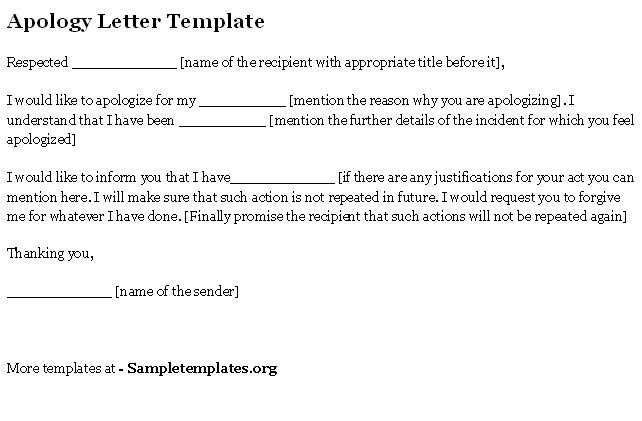
After a reasonable waiting period, send a polite reminder. In your letter, include the original letter’s date and a clear request for a response. Keep the tone firm but respectful.
Consider Alternative Communication Methods
If your written follow-up receives no response, try reaching out through phone or email. Sometimes a direct conversation may yield faster results than formal letters.
| Action | Recommended Timeline |
|---|---|
| Initial letter | Allow 2-3 weeks for a response |
| First follow-up | Send 1 week after initial letter |
| Phone or email contact | Contact after 2 weeks of no response to follow-up |
When addressing fence encroachment, the first step is to clearly state the issue. Outline the specific location where the fence crosses property boundaries. Be direct, provide precise measurements, and refer to any relevant property surveys or documents that support your claim. This helps in establishing a solid foundation for your request.
Request for Resolution
Clearly communicate your expectations for resolution. If you’re seeking removal or adjustment of the fence, specify the required actions and the timeframe within which these should be completed. It’s helpful to maintain a cordial tone, even while being firm in your request.
Suggested Next Steps
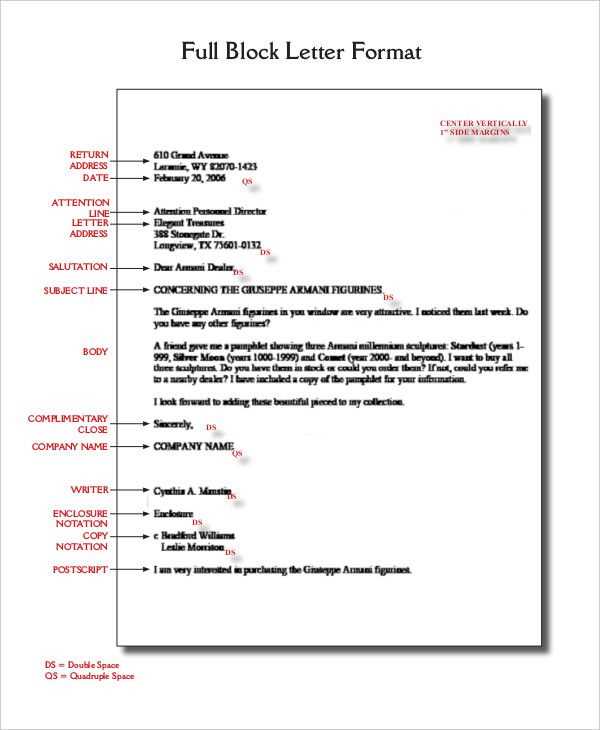
- Provide a deadline for a response, typically 10-14 days, to encourage a timely resolution.
- Offer potential solutions, such as mediation or hiring a surveyor if disagreements arise regarding the property lines.
- Request written confirmation once the issue has been resolved, ensuring both parties are aligned.